Pakistan is an agricultural country with a rich and diverse landscape that makes it suitable for growing a variety of crops. Wheat, cotton, rice, sugarcane, and maize are among the major crops grown in Pakistan, and they play a crucial role in the country’s economy. Wheat is the staple food crop in Pakistan, and it is grown on a large scale in Punjab, Sindh, and Khyber Pakhtunkhwa. Rice, another important food crop, is primarily grown in the fertile plains of Punjab and Sindh.
Cotton is a significant cash crop, accounting for a large portion of Pakistan’s export earnings. It is grown in the southern parts of the country, particularly in Punjab and Sindh. Sugarcane is another important cash crop that is grown in the fertile plains of Punjab and Sindh, and it is used for producing sugar and ethanol. Maize is a versatile crop used for producing animal feed, food products, and industrial raw materials, and it is grown in various regions of the country.
In this blog post, we will take a closer look at each of these major crops and their significance for Pakistan’s agriculture industry. We will explore the regions where these crops are primarily grown, the methods used to cultivate them, and their uses. Additionally, we will discuss the challenges faced by farmers in growing these crops and the steps being taken to overcome them. By the end of this blog post, you will have a better understanding of the major crops grown in Pakistan and their importance to the country’s economy.
List of Major Crops in Pakistan
- Wheat
- Cotton
- Rice
- Sugarcane
- Maize
Wheat
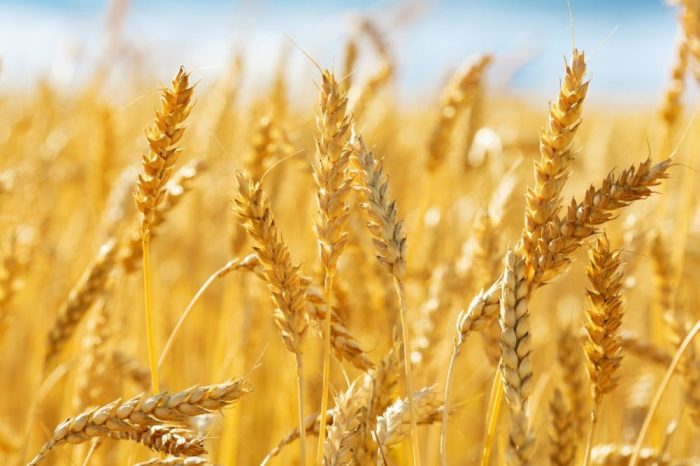
Wheat is one of the most important crops in Pakistan, and it is the staple food for millions of people in the country. Pakistan is the 8th largest producer of wheat in the world, and the crop plays a significant role in the country’s economy.
According to the Pakistan Bureau of Statistics, Pakistan produced around 25.2 million tons of wheat in the fiscal year 2020-21. Punjab province is the largest producer of wheat in Pakistan, followed by Sindh and Khyber Pakhtunkhwa provinces.
Wheat is a versatile crop that is used to make a variety of food products, including bread, pasta, and baked goods. In Pakistan, bread is the most common food made from wheat flour. Wheat also provides a significant amount of nutrition to the Pakistani population, as it is a good source of carbohydrates, protein, and fiber.
The cultivation of wheat in Pakistan is done in two main seasons, which are called the Rabi and Kharif seasons. The Rabi season, which runs from October to April, is the main wheat-growing season in Pakistan, while the Kharif season, which runs from April to September, is a minor season for wheat cultivation.
The government of Pakistan has implemented various policies and programs to promote the cultivation of wheat and increase the productivity of the crop. These policies include providing subsidies on fertilizers and seeds, improving irrigation systems, and introducing new and improved varieties of wheat.
wheat is a vital crop for Pakistan’s economy and food security. With the implementation of government policies and the hard work of farmers, Pakistan has been able to maintain a steady production of wheat, which has helped in feeding its population and earning foreign exchange through exports.
Cotton
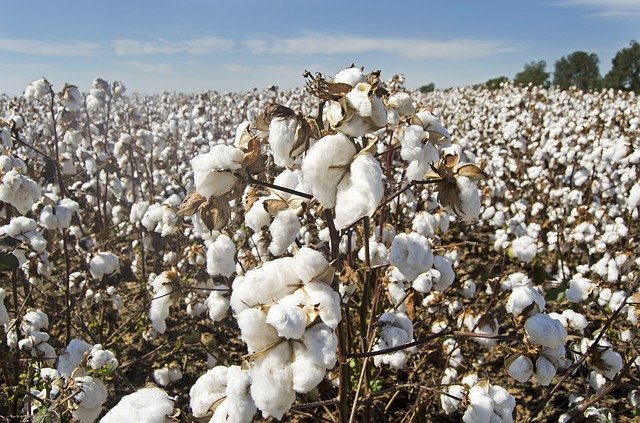
Cotton is one of the major cash crops in Pakistan, with a long history of cultivation in the country. Pakistan is the fourth-largest cotton producer in the world, and cotton production plays a significant role in the country’s economy.
Cotton is primarily grown in the Punjab and Sindh provinces of Pakistan. Punjab produces about 75% of the country’s total cotton production, while Sindh produces the remaining 25%. The cotton-growing areas of Pakistan are irrigated, and the crop is sown in the spring and harvested in the fall.
In recent years, Pakistan has faced challenges in the cotton sector, including pests, disease, and poor weather conditions. Despite these challenges, the country continues to produce a significant amount of cotton, with a production of around 9.9 million bales in 2020-21.
Cotton is an important source of income for farmers in Pakistan, and the country is also a significant exporter of raw cotton, cotton yarn, and cotton textiles. The textile industry is one of the largest industries in Pakistan, and cotton is a vital raw material for this industry.
Overall, cotton is a critical crop for Pakistan’s economy and plays a significant role in the country’s agricultural and industrial sectors.
Rice
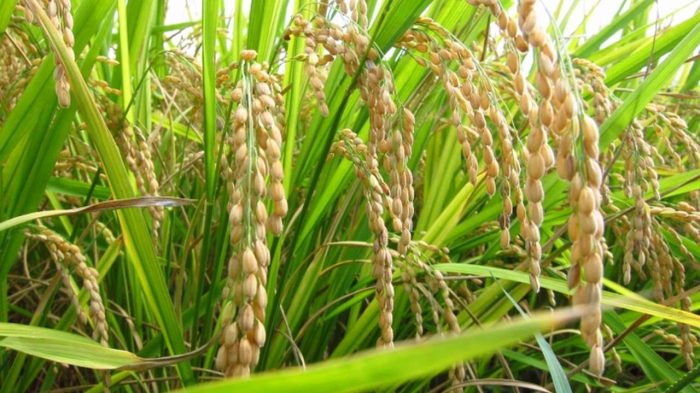
Rice is one of the most important crops in Pakistan, both in terms of its economic value and its importance as a staple food. It is the second most important cereal crop after wheat and is cultivated in an area of about 3 million hectares in the country.
Pakistan is one of the world’s top producers of rice, with an average annual production of over 7 million tons. The most commonly cultivated varieties of rice in Pakistan are Basmati and IRRI (International Rice Research Institute) varieties.
Rice is mainly grown in the provinces of Punjab and Sindh, with Punjab being the largest producer of rice in the country. The major rice-growing districts in Punjab include Sheikhupura, Gujranwala, Hafizabad, and Sialkot, while the major rice-growing districts in Sindh include Larkana, Dadu, and Sukkur.
Pakistan’s rice exports have been steadily increasing over the years, with the country now being one of the top rice exporting countries in the world. In 2020, Pakistan’s rice exports reached a record high of $2.2 billion, with the majority of the exports consisting of Basmati rice.
Despite its importance, the rice sector in Pakistan faces various challenges such as water scarcity, low yields, and poor-quality seeds. The government of Pakistan has implemented various policies and initiatives to address these challenges and increase rice production in the country.
Sugarcane
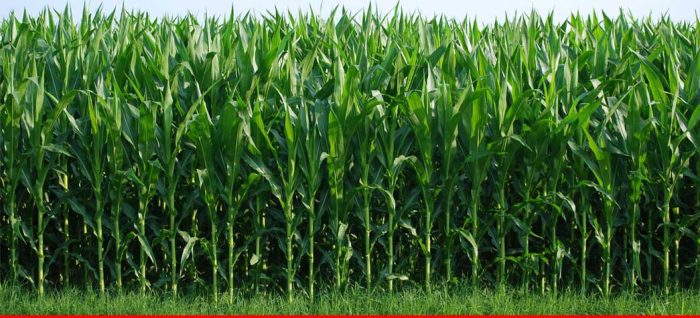
Sugarcane is one of the most important crops in Pakistan’s agriculture sector. It is primarily grown in Punjab and Sindh provinces, with some cultivation in Khyber Pakhtunkhwa and Balochistan. Sugarcane accounts for a significant share of the country’s GDP and is a major source of income for farmers.
Pakistan is the world’s fifth-largest sugarcane-producing country, with an average annual production of around 66 million metric tons. Sugarcane is mainly grown for the production of sugar and sugarcane juice. However, it is also used for the production of ethanol, molasses, and other by-products.
Sugarcane is a tropical crop that requires hot and humid weather conditions for growth. It is planted in the months of February to April and harvested in the months of October to January. The crop requires plenty of water and fertile soil for optimal growth.
The government of Pakistan has introduced various policies and initiatives to support sugarcane cultivation and processing. These include subsidies for inputs such as fertilizers and irrigation systems, as well as incentives for the establishment of sugar mills and refineries.
Despite its importance to the economy, sugarcane cultivation in Pakistan faces several challenges such as low yields, pest attacks, and inefficient harvesting methods. The government and various organizations are working towards addressing these challenges through research and development programs, improved farming practices, and the use of modern technology.
Maize
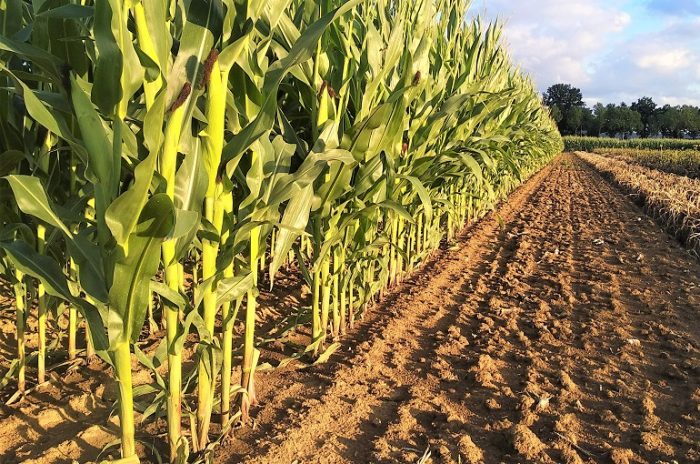
Maize, also known as corn, is one of the most important cereal crops in Pakistan. It is widely cultivated in different parts of the country, especially in the central and southern regions.
Maize is primarily grown for its kernels, which are used for food and feed purposes. It is an important source of carbohydrates and essential nutrients like protein, dietary fiber, and minerals. The crop is also used for industrial purposes such as the production of starch, ethanol, and other products.
Pakistan is one of the major producers of maize in the world, with an annual production of around 6 million tons. The crop is mostly grown during the Kharif season (summer crop) from May to September. Punjab, Sindh, and Khyber Pakhtunkhwa are the major maize-producing provinces of Pakistan.
Farmers in Pakistan use both traditional and modern methods of cultivation for maize. However, the use of modern techniques such as improved seed varieties, irrigation systems, and fertilizers has significantly increased maize production in the country.
In recent years, Pakistan has also started to export maize to other countries, mainly to Afghanistan and Iran. The country has great potential for increasing maize production and exports by adopting modern agricultural practices and improving its supply chain infrastructure.
Final Thoughts on Major Crops in Pakistan
Pakistan is an agricultural country that produces a diverse range of crops, making it an important player in the global food market. The major crops of Pakistan include cotton, wheat, rice, sugarcane, and maize, which are not only essential for the country’s food security but also for its economy. Agriculture accounts for a significant portion of Pakistan’s GDP and provides employment opportunities to a large segment of the population. However, the agriculture sector is facing numerous challenges, including water scarcity, soil degradation, and climate change, which threaten the sustainability and productivity of crops. It is crucial to adopt sustainable agricultural practices and invest in research and development to address these challenges and ensure the continued growth and development of Pakistan’s agriculture sector. By doing so, Pakistan can continue to meet its food and economic needs while also contributing to the global food supply.
FAQs on Major Crops in Pakistan
What are the major crops grown in Pakistan?
The major crops grown in Pakistan include wheat, rice, sugarcane, cotton, maize, and pulses.
What is the importance of wheat in Pakistan’s agriculture?
Wheat is one of the most important crops in Pakistan as it is the staple food of the majority of the population. It also serves as a major source of income for farmers and is an important export crop for the country.
What is the significance of rice cultivation in Pakistan?
Rice is a major crop in Pakistan and is an important source of foreign exchange earnings. It is also a staple food in many parts of the country.
Why is cotton important for Pakistan’s economy?
Cotton is an important crop in Pakistan as it is the main cash crop and a major export item. It also provides employment to a large number of people, especially in the textile industry.
What is the role of sugarcane in Pakistan’s agriculture?
Sugarcane is an important crop in Pakistan as it is a major source of sugar and is also used to produce molasses and ethanol. It is also an important cash crop for farmers.
What are the challenges faced by farmers in Pakistan’s agriculture?
Farmers in Pakistan face a number of challenges such as a lack of access to modern technology, limited availability of water, climate change, and low productivity. They also face difficulties in marketing their products and obtaining fair prices.
How does the government support agriculture in Pakistan?
The government of Pakistan provides support to farmers through various initiatives such as subsidies, credit facilities, and research and development programs. It also provides irrigation facilities and infrastructure development to improve the productivity of the agriculture sector.




